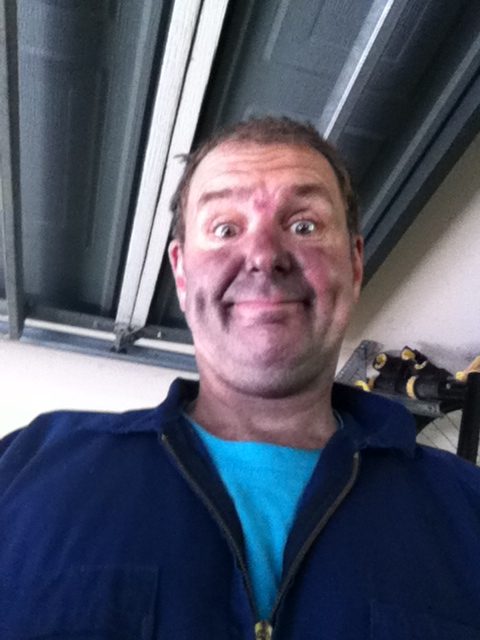
In the road coaching section I have an article called “How We Learn”. I would start by saying if you have not read that, you should. It might help.
Learning is always a frustrating situation. But mindset is everything. If you expect to be frustrated and annoyed, you’ll not enjoy the process.
But if you “almost” look forward to the failures and find hilarity, as well as opportunity to improve, in every issue you have, you’ll find fun in the joy of learning.
This might seem like a crock, especially when you’re exhausted and upside down in a mud bog. But bear with me.
We often just bash away at trying to get better, but it’s much better to have a plan. A plan that includes allowing yourself to traverse the stages of learning.
It might all sound a little bit ‘touchy feely’ but it really is like the 12 stages of grief, and you have to pass through all the stages of learning. You need to plan for all of those stages.
This also means that you should take the time to plan. It not only allows you to learn but it allows you to plan your balance as well.

In my last article I talked about how important being calm and balanced was essential for control of the bike.
This extends to planning for that balance and taking the time, forming strategies and building a list of strategies that work for you.
Take getting over a log for instance. You have a number of parts that make up the crossing. Each part will require a different balance and also different skills to learn. Break it down and learn each part. Do not worry if you make it over the log, or if you fall off on the other side, at first, but be happy if you get the bounce correct and get your body position correct for the wheel placement. Then once you are happy you’re doing that correctly concentrate on the punch and launch, then the landing on the other side.
Each one with a different body position, different skill you need to get right (or wrong, remember take the laughs it’s hilarious learning) until you have got the whole thing done. Then you can break it down and add variations for each part.
It won’t be long and you’ll have a catalogue, in your head, of different skills for each part. For instance you might have a de-weight front wheel bounce that can get the front wheel onto the log without much or any throttle for those slippery conditions. You might have another that uses a seat bounce to get traction and throttle to lift the wheel up. And you might even have a more advanced one that is basically a bunny hop and clears the log altogether.
These parts of an overall skill will become components that include the skills but also the body positions and balance you need and then they will become building blocks you use for another skill you need to master.
So learn in parts, fail in parts and don’t worry about the bit where you failed, unless that was the bit you’re trying to “beat”.
But most importantly more than anything, take the time to plan what you are going to do, how you are going to position your body whilst doing it and when you find what works, make sure you practice it a little until you can do it at will.
And most importantly laugh your self silly as you learn. It shouldn’t just be everyone else that is getting entertained by your antics :-).



